Post-Pandemic: What could Australia's 5G networks look like when social distancing ends
- 08 April, 2020 16:25
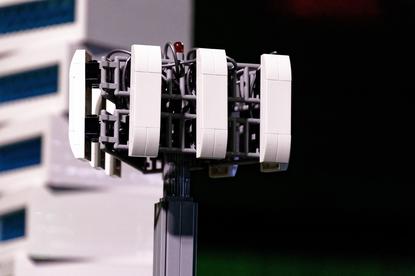
5G Tower
Most of the time when journalists write about 5G, we're hyper focused about each step in the network rollout as it happens. There are a bunch of perfectly good reasons for this. The carriers involved have sunk enormous sums into investing in these networks and with each buzzword-laden announcement, you have to scrutinise whether they’re any closer to delivering on the lofty promises of digital transformation that 5G is often synonymous with.
Nevertheless, it’s easy to end up hyper-focused on the little things. When you follow the rollout of Australia’s 5G networks on a weekly or monthly basis, it can make it harder to see the big picture and discern whether consumers are going to notice the difference in speed or connection quality.
However, with coronavirus keeping many indoors over the next 3-6 months, it’s possible that consumers will notice a much bigger difference in mobile connectivity when things return to normal. Australia is barely a month into strict self-isolation and quarantine measures and the post-coronavirus world is going to be a very different place to what came before it.
5G coverage is no exception.
Telstra
 Credit: Telstra
Credit: Telstra In Mid-March, Telstra announced they’d be forwarding $500 million of capex from the second half of FY21 into calendar year 2020.
For those unfamiliar with the term capex, this basically means they’re moving money from next year’s budget forward to deal with a few immediate concerns that the coronavirus outbreak and the response to it has raised.
In the short term, Telstra says this capital will be used to increase network capacity and deal with the increased amount of people working or staying from home and relying on Telstra’s network for connectivity.
Then, in the longer term, Telstra says this capex will be used to further accelerate the roll out of the carrier’s 5G network.
Previously, Telstra CEO Andy Penn indicated the company planned to invest an extra $3 billion into its core networks over the 2016-2019 period to meet the demand for technologies like 5G. In context, that additional $500 million is a pretty significant addition to what the telco have already spent.
Telstra were already the first Australian telco to launch their 5G network and have grown the physical footprint for their network significantly in the months since. Take a look at the maps below to see how Telstra’s 5G network has grown over the last three months.
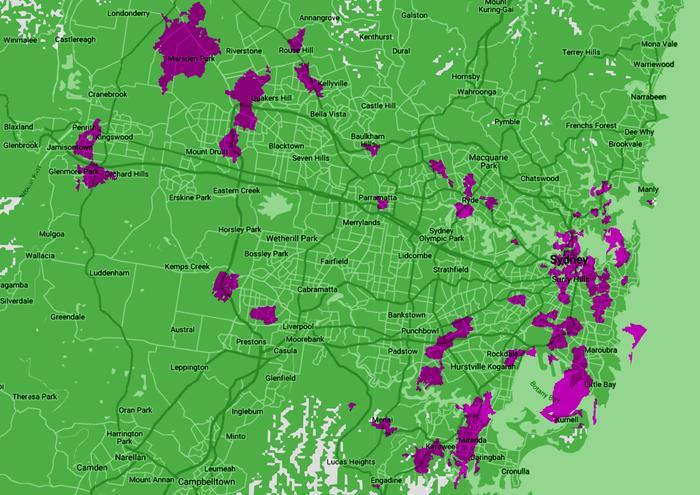 Credit: Telstra
Credit: Telstra 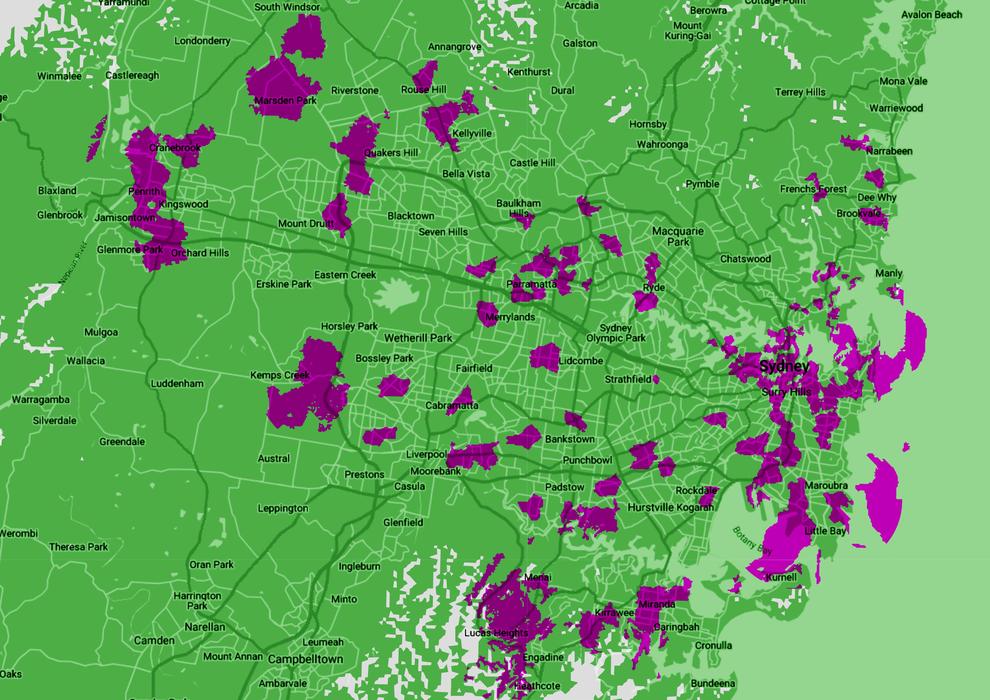 Credit: Telstra
Credit: Telstra Looking at these maps, it's not hard to imagine a much more mature 5G waiting for consumers when they're finally allowed to leave their homes again
Optus
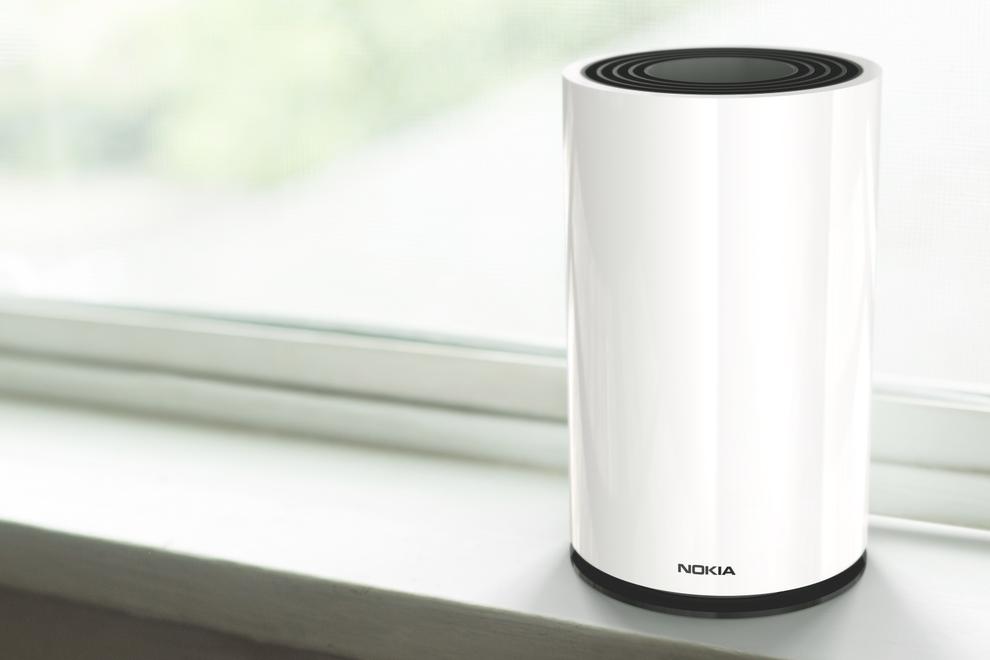 Credit: Optus
Credit: Optus Optus couldn’t give us specific details about how their 5G rollout will progress over the next six months but we did get the following statement from the company:
“As an essential service provider we are continuing to push ahead with our 5G rollout.”
“We already have more than 220,000 homes across Australia that can access our 5G Home product and this figure will continue to increase as more sites come online each and every week.”
“We have a robust 5G rollout plan that is targeted at providing Australian consumers with access to fast and reliable 5G coverage in areas that they need it most.”
“As well as deploying 5G in high traffic areas such as CBDs and transport hubs, a large portion of our 5G sites are being deployed in key suburban areas and with Australians now asked to stay home where possible, the rollout of these 5G sites will play an important role in keeping customers connected.”
Vodafone
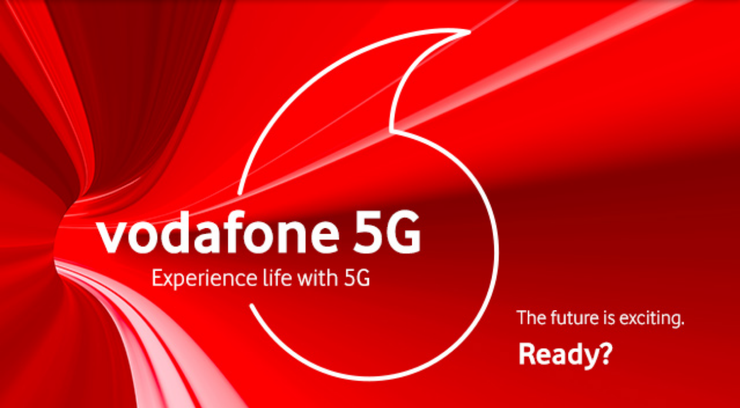 Credit: Vodafone
Credit: Vodafone Vodafone did not respond to our questions about their 5G rollout in time for publication but they launched their first 5G network back in January.
Previously, VHA Chief Executive Officer Iñaki Berroeta has said that “These will be the first of over 650 5G sites in progress. Several thousand sites are to be built over the coming years, with the [TPG] merger to enable acceleration.”
While Telstra is still likely to have the largest 5G network on the other side of the coronavirus pandemic, Vodafone's 5G presence is likely to experience the more drastic transformation because their current coverage is so small.
Looking for more information about how coronavirus could shape the next year in consumer tech, check out the articles below:
Could coronavirus affect the Australian launch of the Surface Neo and Surface Duo?
- Could coronavirus delay the launch of the Google Pixel 4a?
How Australia's Telcos and ISPs are reacting to increased coronavirus connectivity demands
Will coronavirus delay the launch of the Xbox Series X and Playstation 5
How coronavirus could shape the next era of the streaming wars





